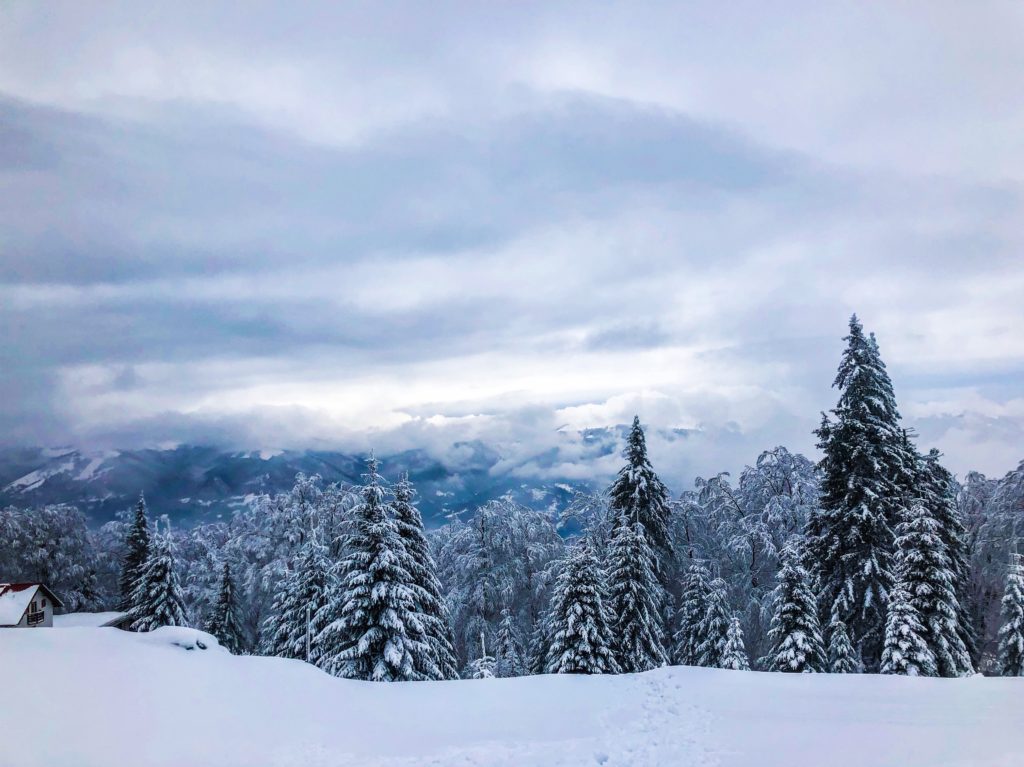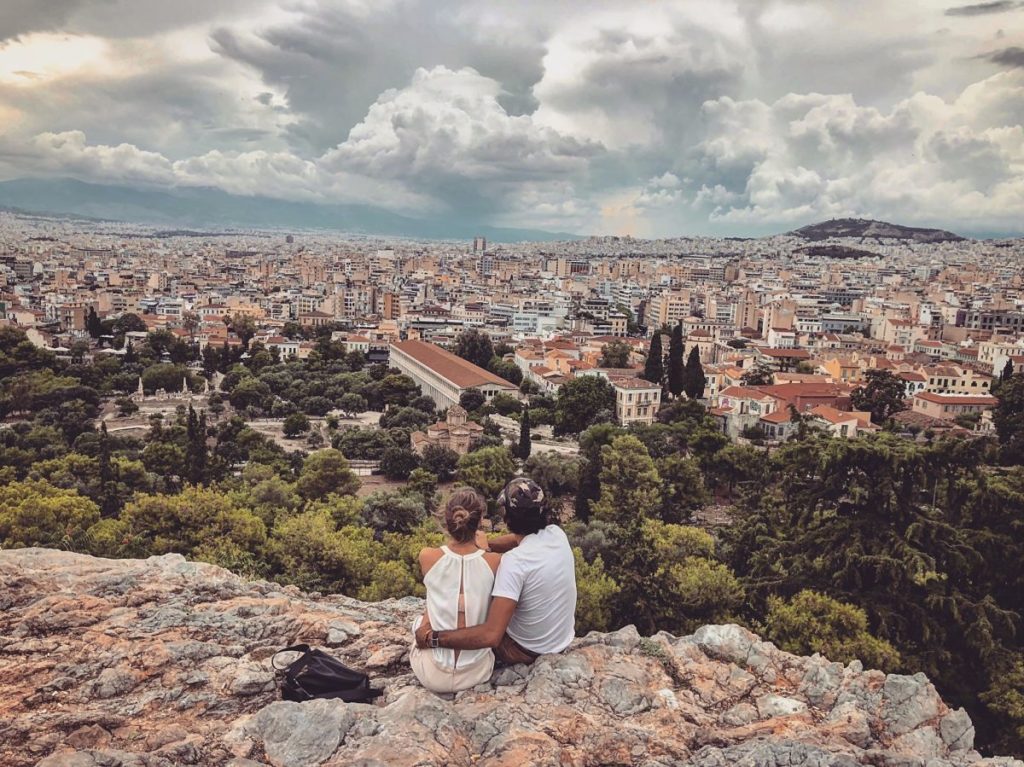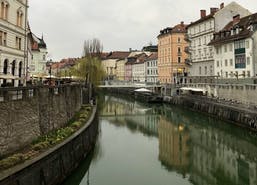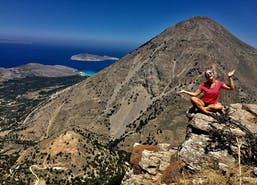Searching for Atlantis on Madeira Island
I have always had a thing for islands. I guess it was the combination of a romantic notion of mystery entangled with danger that tales from the childhood, the biggest of them all being the myth of Atlantis, formed in my head. I have always found the islands´ geographical property of physical detachment to be profoundly liberating. The myth of tragic dispersion caused by Zeus who is said to have punished Atlantis, destroying the island with volcanoes and a tidal wave, unconditionally and forever added me to the long list of travelers who has been looking for Atlantis since its destruction. Since one of the many theories names the islands of Madeira, Azores, Cape Verde and Canaries as remnants of Zeus´s devastating rage, I decided to start with the closest one, Madeira Island, the pearl of the Atlantic.
On approach to Funchal airport, you will realize that the long bridge-like structure you see from the plane window is actually a runway. After landing on this engineering marvel and walking from the runway to the terminal while being greeted by the ground personnel as if they were waiting only for you, you realize that you made a right choice.

The first thing I wanted to do is to check the physical limits of the island. I picked up my car and headed to the eastern-most peninsula of the island, Ponta de São Lourenço, passing below the runway I had just landed on.
When you first start your walk from the parking lot, nothing prepares you for the incredible views that await you down (and sometimes quite up!) the way. The combination of almost virgin beauty with the traces of Nature´s centuries-long intervention is nothing short of awe inspiring. The dramatic cliff scenery can never be dull or monotonous and this one is very colorful in addition.

Another thing I was not prepared for was the impulsiveness of the local weather. A sunny day all of a sudden turned into what for some 20 minutes looked like a flood. I was approaching Pedra Furada rock when the wind became very strong. The sight of the 30 meter rock towering over the bay was so unexpectedly striking that I did not even feel the first drops of rain.

Although the trail is full of rocks and cliffs, there is nothing you can actually call a shelter and so since turning back was not an option, I continued walking in the rain and against the wind. Just when my level of despair reached the point of decision making in regards to whether to continue the walk without being able to see anything through the wall of rain or not, the flood stopped as unexpectedly as it started. A hot wind started blowing and by the time I reached the visitors center, my clothes and hair were absolutely dry.
Had I not seen the actual pictures of the São Lorenço peninsula at the visitors center, I would have thought that this was the end point. The walk from the visitors center to the Point is probably the toughest part of the walk but it is going to be worth every drop of your sweat!
When you climb the last bit, a view emerges of a perfectly sculptured dragon tail with a towering lighthouse, the most eastern point of the Island, Ponta de São Lourenço. The only thing that makes up for leaving this place is the fact that since it is a circular route, you will get the chance to see the amazing beauty you have just passed on your way here, again.


Madeira is full of hiking trails that will take you to the heights you have never imagined, both literally and metaphorically. There is a Cabo Girão sky walk, a glass platform situated on the highest promontory in Europe where you get to confront your fears with “it´s all in your head” at 580 meters above the sea level and protruding cliffs.
Climb even higher to Pico do Areeiro and admire from above the clouds the village Curral das Freiras (Nun´s Valley) hiding, like the actual nuns did in the 16th century during the French attack, between the 6 surrounding mountains. Even an ordinary idea of taking a swim is nothing of the ordinary on Madeira. The natural pools of Porto Moniz were formed by volcanic lava and are filled with crystal clear sea water that due to natural circulation of water constantly changes its color from emerald green to aquamarine and indigo.


And then there is food… grilled limpets (Lapas) with garlic served in a hot pan as a starter, a hot bolo do caco (a typical wheat flour bread) with garlic butter and parsley, the Espetada, bay branch skewers with large pieces of beef rubbed in garlic and salt. Even the the simplest hamburger is taken on Madeira to the next level in the cheapest food option, Prego em Bolo de Caco. The traditional local drink, Poncha, aguardente (a white alcohol made from distilled sugar cane) mixed with mel de cana (sugar cane honey) and fresh lemon juice will take you to the new levels of consciousness. Just do not make brisk movements, as I was told by the local waiters who know the elevating effects of their potion.




